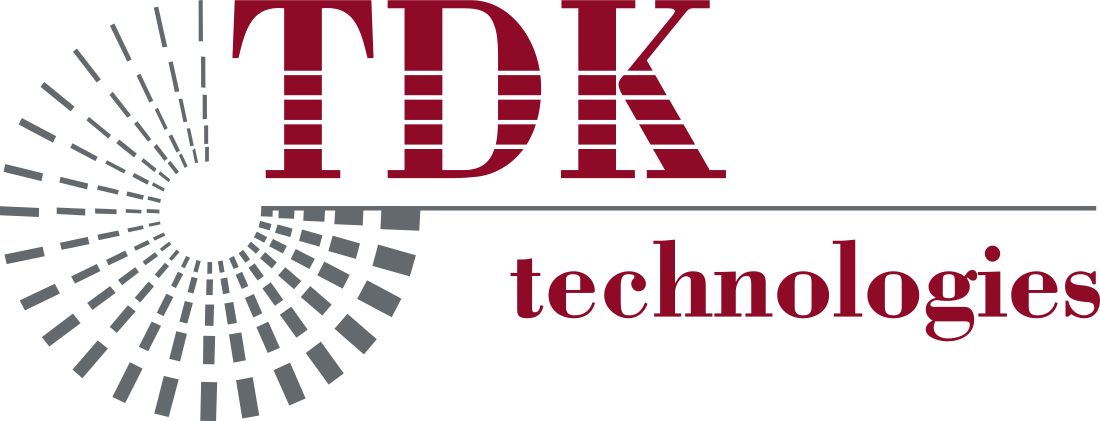Streamlining Transaction Processing
See how TDK Technologies developed the Transaction Lifecycle Data Service, TLDS, to reconcile authorization and clearing transactions for a global financial services corporation, leading to increased revenue and efficiency.
The Problem
A global financial services corporation identified an opportunity to enhance its transaction processing system. Occasionally, transactions authorized for payment would not complete the clearing process, resulting in lost revenue and reconciliation issues. Conversely, some clearing transactions lacked corresponding authorization records, creating further discrepancies. The existing system lacked the ability to efficiently identify and resolve these issues, hindering revenue generation and requiring significant manual effort.
The Solution
TDK Technologies partnered with the client to develop the Transaction Lifecycle Data Service, TLDS, a solution designed to reconcile authorization and clearing transactions. The TDK team, comprised of a Technical Program Manager and a Product Manager - Technical, employed Agile software development practices to deliver the project.
The core of the solution involved creating an interface for real-time reconciliation, enabling the identification and tracking of discrepancies between authorization and clearing records. Furthermore, the system is designed with the capability to automatically resubmit transactions that failed to clear despite authorization. To provide better insight into the process, a back-office tool was developed, offering a clear view of transaction processing and allowing for proactive identification and resolution of issues.
Recognizing the scale of the client's operations, the architecture was built to handle massive transaction volumes, with an initial rollout in South Africa to refine the system before expanding to the larger North American market. In the North American implementation, cloud technologies were leveraged to ensure scalability and enable more frequent transaction processing.
The Results
The client is realizing significant benefits, including increased revenue by identifying and resubmitting previously lost transactions. Automation of the reconciliation and resubmission processes reduces manual intervention, freeing up valuable resources.
Smooth transaction processing improves customer satisfaction on both sides of transactions. Additionally, the solution minimizes bad debt associated with un-cleared transactions. The cloud-based architecture chosen for subsequent rollouts will ensure the system can handle future growth and increasing transaction volumes.
The Evolution of Microservices: Toward Intelligent Software Architecture
Microservices have evolved far beyond basic architectural refactoring. See how TDK Technologies explores the critical lessons of the evolution for software decision-makers aiming for true agility and competitive advantage.
The Power of Modular Software Design: Unlocking Efficiency and Scalability
See how TDK Technologies utilizes modular software design to create efficient, scalable, and maintainable applications by breaking down complex systems into smaller, independent components.
The Strategic Value of the Software Development Engineer in Test (SDET)
See why TDK Technologies believes that Software Development Engineers in Test (SDETs) bring measurable benefits to software development initiatives.
Why Generative AI Won't Replace Software Engineers
See how TDK Technologies outlines why Generative AI won’t replace software engineers but will redefine their roles. While GenAI is a powerful tool—human insight, creativity, and responsibility remain indispensable.
Technology Trends to Watch in 2025
See how TDK Technologies helps organizations navigate key technology trends like analytics, cloud computing, and application software development to drive innovation and business success in 2025.





